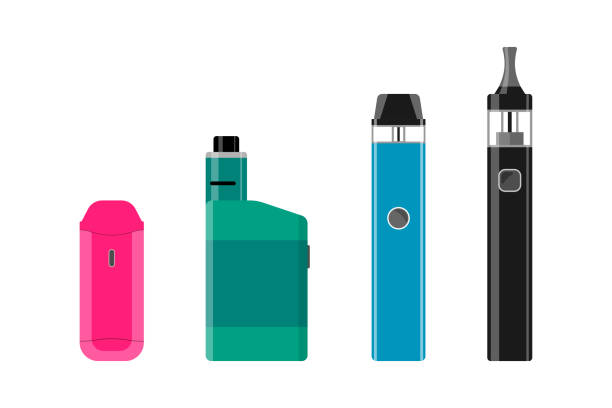Navigating OTC Drug Establishment Registration: Ensuring Regulatory Compliance and Consumer Safety

In the landscape of healthcare, Over-The-Counter (OTC) drugs stand as indispensable remedies for addressing a myriad of common health issues, ranging from minor aches to seasonal allergies. Behind the accessibility of these medications lies a stringent regulatory framework established by the Food and Drug Administration (FDA) to safeguard consumer safety and ensure product quality. A crucial aspect of this framework is OTC drug establishment registration, a process that plays a pivotal role in upholding regulatory compliance and fostering consumer trust. Let’s delve into the significance of OTC drug establishment registration, its procedural intricacies, and its implications for both manufacturers and consumers.
Unveiling OTC Drugs and the Regulatory Landscape
OTC drugs encompass a diverse array of medications that consumers can readily purchase without a prescription. Found on the shelves of pharmacies and supermarkets, these products offer convenient relief for common ailments such as headaches, coughs, and allergies. However, to ensure their safety and efficacy, OTC drugs are subject to rigorous oversight by regulatory authorities, particularly the FDA in the United States.
Understanding OTC Drug Establishment Registration
OTC drug establishment registration is a vital component of FDA regulation designed to oversee the manufacturing facilities involved in producing these medications. The process involves manufacturers registering their facilities with the FDA, providing detailed information about the production, processing, packing, or holding of OTC drugs. Through establishment registration, manufacturers commit to adhering to strict quality standards and regulatory requirements enforced by the FDA.
The Procedural Journey of OTC Drug Establishment Registration
The process of OTC drug establishment registration unfolds through several key steps:
- Identification of Manufacturing Facilities: Manufacturers meticulously identify the facilities engaged in the production, processing, packing, or holding of OTC drugs.
- Submission of Establishment Registration: Manufacturers electronically submit establishment registration information to the FDA through designated systems like the Electronic Drug Registration and Listing System (eDRLS).
- Review and Verification: The FDA thoroughly reviews and verifies the submitted establishment registration information to ensure accuracy and completeness.
- Issuance of Establishment Identifier: Upon successful registration, the FDA assigns a unique Establishment Identifier (FEI) to each registered facility. This identifier serves as a crucial tracking mechanism for regulatory purposes.
Implications for Manufacturers and Consumers
For manufacturers, OTC drug establishment registration is not merely a regulatory obligation but a testament to their commitment to compliance and consumer safety. Registered facilities are held to rigorous standards of cleanliness, safety, and quality control, ensuring that OTC drugs are manufactured under optimal conditions.
For consumers, OTC drug establishment registration provides peace of mind, knowing that the medications they purchase are sourced from facilities that adhere to stringent regulatory standards. It underscores the FDA’s dedication to protecting public health and ensuring the safety and efficacy of OTC drugs available in the market.
Conclusion
OTC drug establishment registration serves as a linchpin in the regulatory framework governing the production and distribution of over-the-counter medications. By ensuring compliance with FDA standards and regulations, manufacturers contribute to the integrity and safety of OTC drugs, thereby fostering consumer confidence and trust. As consumers continue to rely on these medications for self-care and symptom management, OTC drug establishment registration remains an indispensable tool in upholding regulatory compliance and safeguarding public health.































































































































































































































